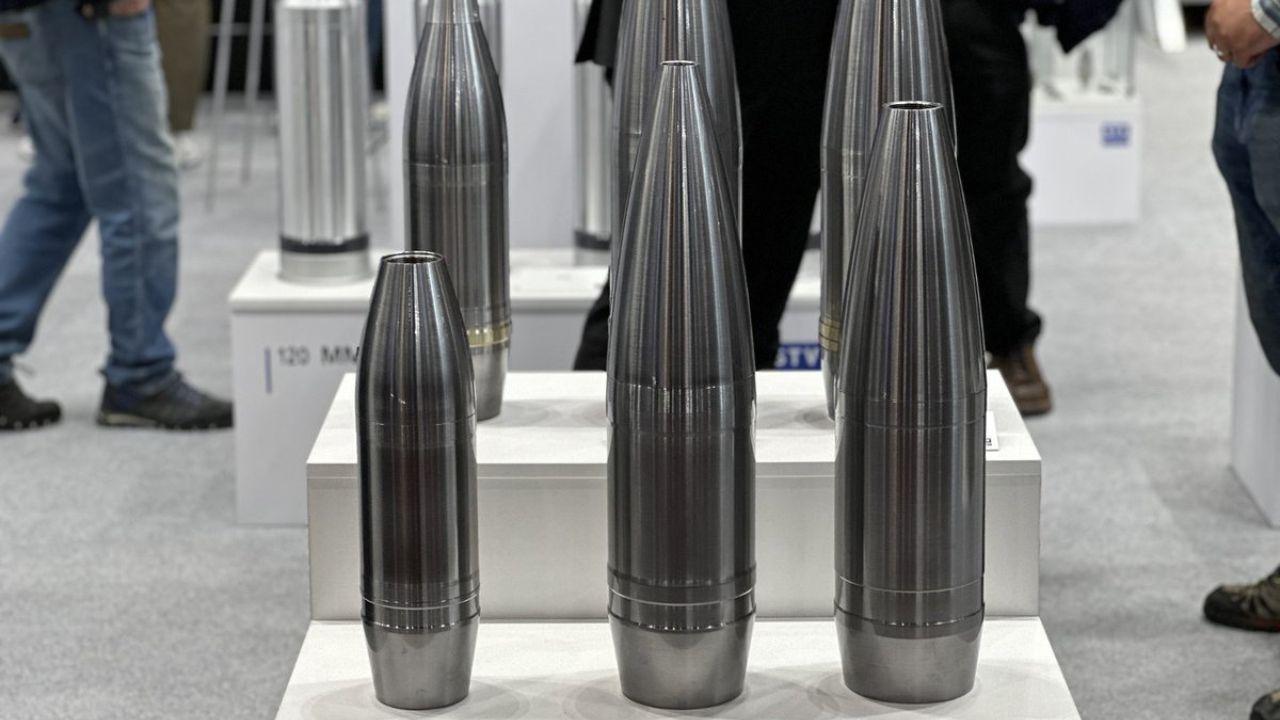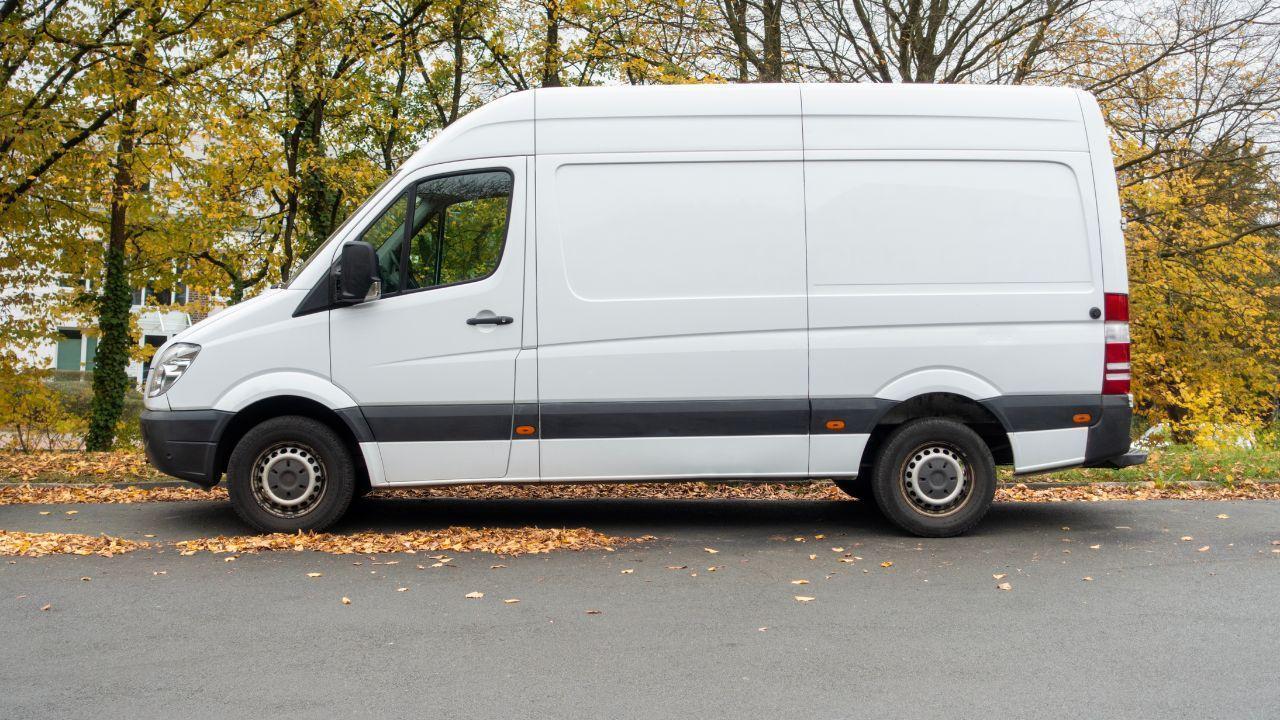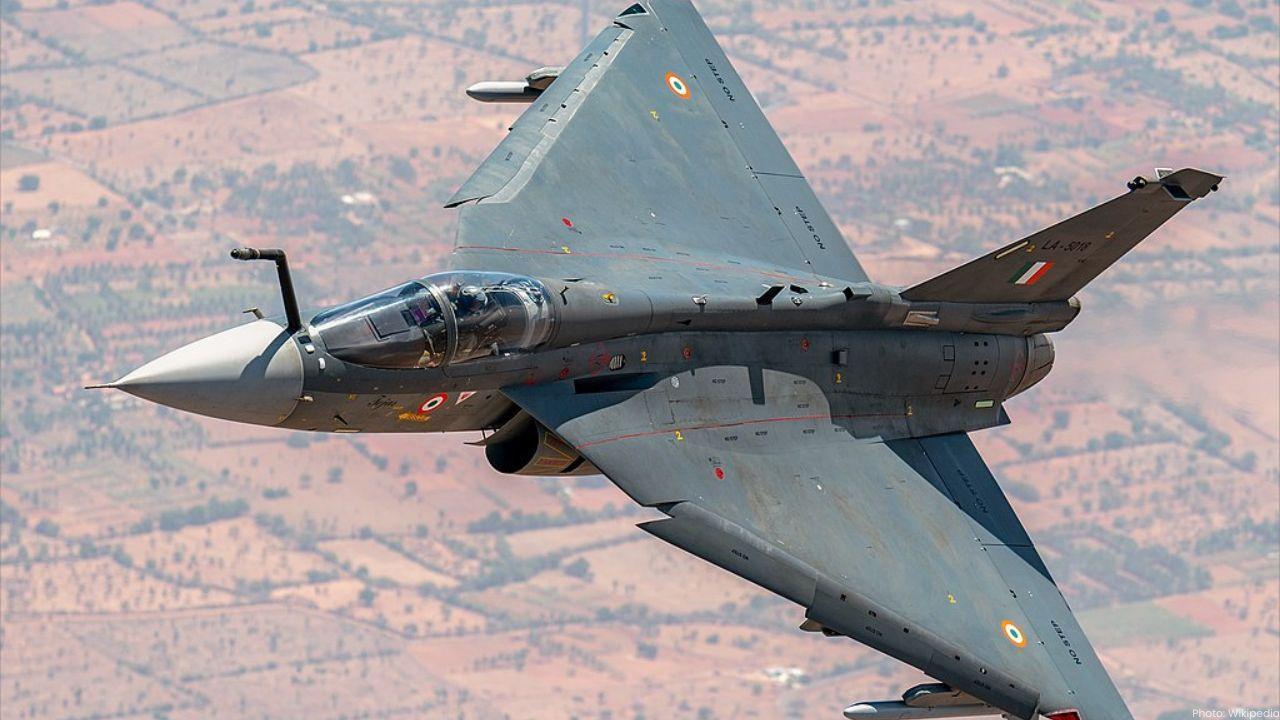
Post by : Avinab Raana
Photo : X / Strefa Obrony
Poland Amplifies Defense Manufacturing with BAE
Poland has entered a strategic partnership with Britain’s BAE Systems to begin local production of 155 mm artillery shells, a move aimed at significantly expanding its ability to supply heavy artillery shells. Prime Minister Donald Tusk announced this step at the Dezamet factory in Nowa Dęba, underscoring that Poland is seeking both enhanced national security and an elevated role in regional defense manufacturing.
The decision arrives at a moment when NATO partners and Ukraine itself are grappling with shortages of 155 mm rounds. These heavy artillery shells have become essential on the modern battlefield since they combine extended range with destructive capacity. The Poland-BAE project marks a concrete effort to fill in supply gaps while building up domestic defense manufacturing capacity.
Scope of the Cooperation in Heavy Artillery Shells
Poland is investing 2.4 billion zlotys (approximately $660 million) to build three ammunition factories, working with BAE Systems to deploy state-of-the-art technology. Under this cooperation, Poland plans to deliver approximately 130,000 rounds per year of 155 mm artillery within two years. That target reflects both urgency and ambition, signaling that Poland wants not merely to rely on imports but to establish its own production scale in defense manufacturing.
Prime Minister Tusk emphasized that the cooperation will “dramatically increase the production of 155 mm rounds,” while noting that the project is part of a larger program to enhance Poland’s readiness. He said that this is more than a temporary fix—it’s an investment in long-term deterrence capabilities.
Strategic Significance for Poland and NATO
The cooperation between Poland and BAE Systems is not happening in a vacuum. After repeated warnings from NATO and visible Russian military activity near its borders, Poland has insisted on boosting its defense readiness. Producing heavy artillery shells domestically addresses both strategic independence and supply chain security.
NATO’s eastern flank has often depended on supplies from Western European factories, but logistics, export approvals, and transport delays have at times limited response. With its own production infrastructure, Poland can respond more swiftly and flexibly to both national defense needs and alliance obligations. The move is likely to be welcomed by NATO members who have pushed for higher readiness and more evenly distributed capability across European states.
Technical Demands of 155 mm Artillery Shells
Manufacturing 155 mm artillery shells is not trivial: these rounds require precision engineering, specialized metallurgical steel, exact propellant mixtures, high tolerances, and careful quality control. BAE Systems brings technical expertise, equipment, and experience in defense manufacturing to ensure that Poland can meet both safety and military performance standards.
Poland’s factories will need to master the full production process—from forging and machining to finishing, loading explosives, and quality assurance. This level of complexity means that the cooperation is as much about technology transfer and workforce training as it is about production numbers.
Scaling Up: Timelines and Factory Plans
Poland’s plan is to establish three ammunition factories under the 2.4 billion zloty project. The timeline suggests that in about two years, Poland aims to reach the annual production rate of 130,000 rounds. The build-up will involve not just erecting new factory buildings but equipping them with the machinery needed for forging, machining, loading, testing, and finishing the shells.
The factory in Nowa Dęba, where Tusk made the announcement, is already one of the locations. The government intends to spread the production capacity to other sites to ensure geographic redundancy and resilience. This decentralization reduces risk from potential attacks, supply chain interruptions, or other disruptions.
International Pressure and Ukraine’s Artillery Needs
The war in Ukraine continues to impose massive demands on ammunition supplies. Ukrainian forces have at times been reported to use thousands of 155 mm rounds in single engagements. Western allies, too, have found production bottlenecks, with global defense manufacturing stretched by demand.
By increasing its own defense manufacturing, Poland is positioning itself as both a supplier and a buffer. The more Poland can produce, the less affected NATO may be by delays or shortages elsewhere. It also helps Ukraine if Poland can either supply or facilitate supply, without being entirely dependent on imports or external production lines.
Impacts on Defense Manufacturing in Europe
This collaboration is likely to spark ripple effects across Europe’s defense manufacturing sector. Countries that lack heavy artillery shell production capabilities may begin to rethink their dependence on imports. Factories, supply chains, raw material sources, and technical capacity will become more central to national security planning.
The Poland-BAE deal may become a model for bilateral cooperation: a large defense firm providing technology and skills, while the partner country supplies labor, infrastructure, and regional commitment. That can speed ramp-up time compared to building entirely from scratch or relying solely on foreign suppliers.
Economic and Political Dimensions
Poland’s investment in heavy artillery shells is not just about defense; it has economic, political, and industrial implications. The 2.4 billion zloty project is large enough to create jobs in engineering, machining, logistics, and ancillary services. It should also lead to improved training and skills for Poland’s industrial workforce.
Politically, the move signals that Poland takes seriously its deterrence pledge. It also boosts Poland’s credibility within NATO as a nation willing and able to contribute to collective defense, not just financially but through manufacturing. That can shift diplomatic weight, giving Poland more leverage in alliance discussions.
Raw Materials, Quality, and Supply Chain Risks
Despite the optimism, producing 155 mm artillery shells at scale poses risks. The supply of raw materials such as high-grade steel, propellant chemicals, and explosives must be reliable and consistent. Any disruption in those inputs could delay production or degrade quality.
Quality control will be under scrutiny. Shells must meet strict NATO standards for performance and safety. Mistakes in manufacturing—like faulty seams, poor metallurgy, or incorrect explosive loading—can lead to misfires or even accidents. Poland will need to ensure that both its factories and BAE Systems maintain top-tier inspection, testing, and certification protocols.
Workforce Development and Technology Transfer
BAE Systems’ involvement will require technology transfer and training of Polish personnel. Local workers must learn or refine skills in high-precision forging, machining, finishing, and safety protocols. That entails apprenticeship or technical education programs, possibly partnerships with universities or vocational schools.
This training is not just about immediate output; it builds up long-term capacity. A skilled workforce ensures that Poland can maintain, upgrade, and perhaps even export shells in the future. More broadly, the move helps build a defense industrial base that is less dependent on foreign imports for critical military supplies.
Strategic Positioning: Poland’s Defense Policy
For Poland, this is a deliberate move to reduce strategic vulnerability. Previous crises have shown that import dependency in ammunition can be a weakness. By building domestic capacity, Poland aims to deter aggression by demonstrating both intent and capability.
Prime Minister Tusk has been vocal about the need to solidify Poland’s eastern defenses and ensure that any potential incursion can be met with not just political force, but material readiness. The project is also linked to broader modernization efforts for Poland’s armed forces, including upgrading artillery systems, logistics, and coordination with NATO.
NATO and Alliance Dynamics
Poland’s steps may prompt further coordination within NATO. Allies have spoken of stockpiling, joint infrastructure, and shared production to mitigate shortages. The production of 155 mm rounds in Poland, underpinned by BAE Systems’ expertise, could become a linchpin in NATO’s eastern defense architecture.
There may also be implications in terms of burden sharing. Poland’s investment could influence how other NATO countries allocate funds or design their defense industrial strategies, potentially spurring similar initiatives elsewhere.
Risks: Cost, Escalation, and Strategic Choices
Despite the promise, several risks loom. Cost overruns are common in defense manufacturing projects, especially when dealing with explosive materials and precision engineering. Delays in construction, obtaining regulatory approvals, or sourcing materials could shift timelines.
There is also the risk of escalation: producing more heavy artillery shells could be viewed with concern by Russia or other regional actors, possibly triggering diplomatic friction or increased military tension. Poland must balance deterrence with careful diplomatic messaging.
What Will Success Look Like?
Success for Poland and BAE Systems will be measured not just by hitting the 130,000 rounds/year target, but by ensuring reliability, quality, and sustainable infrastructure. If the factories can reach full capacity without safety or supply chain issues, it would mark a major achievement in defense manufacturing.
Longer term, success might include export potential, shared facility usage with other NATO members, or even diversification into other types of munitions. It might also encourage further private-public partnerships in defense manufacturing across Europe.
A Turning Point in Eastern European Defense
Poland’s decision to partner with BAE Systems in building up its capacity for 155 mm artillery rounds is more than a response to current wars or threats. It is a strategic investment, a leap toward self-reliance in defense manufacturing, and a signal that Europe’s border states are serious about their security.
As these ammunition factories rise, they’ll not only represent steel and explosive components, but also Poland’s resolve, its industrial capacity, and its role in shaping NATO’s collective future. In a world where war demands not only bravery, but bullets, the ability to produce both is becoming indispensable.
155 mm artillery, Defense manufacturing, Heavy artillery shells










GST Overhaul Triggers Massive Road Freight Surge in India
India braces for a huge spike in road freight as the GST overhaul and festive season drive consumpti

United CEO Warns Spirit Airlines May Not Survive Financial Struggles
United Airlines CEO predicts Spirit Airlines could go out of business due to repeated bankruptcies a

Allcargo Opens Panapakkam Logistics Park Near Chennai
Allcargo Supply Chain Launches Panapakkam Logistics Park to Boost Southern India Distribution with M

HAL Receives Third GE-404 Engine for LCA Mk1A Fighter Jet
HAL has received the third GE-404 engine from the U.S. for the LCA Mk1A fighter jet program, with an

GlobalLogic Ericsson Launch Private 5G at Hitachi Rail Plant
GlobalLogic and Ericsson have deployed a private 5G network at Hitachi Rail’s Hagerstown facility, e

Honda Cuts Bike & Scooter Prices by Up to ₹18,887
Honda lowers prices of bikes and scooters under 350cc by up to ₹18,887, making commuting more afford